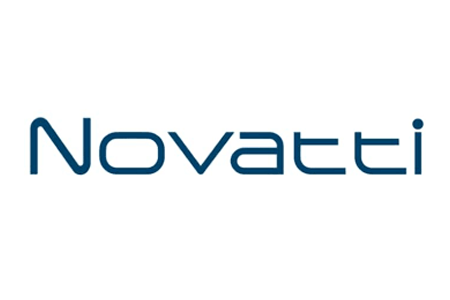
23 Mar Stablecoin Proof of Reserve
Stablecoin Proof of Reserve

Project Team
Novatti
Target
Retail customers
Problem
Confidence needs to be built in stablecoins so they become more universally accessible. Current methods rely on third party accreditation that is not verifiable at the token level.
Solution
Issuing an Australian dollar stablecoin with 1:1 backing by a Central Bank Digital Currency (CBDC) that is independently verifiable by the customer would ensure better public trust of the system and offer safeguards for customers.
CBDC Leverage
Credible, risk-free backing in central bank money of private stablecoins that allows users to independently verify the token reserves.
The Opportunity
- As a new form of digital currency, stablecoins may reduce costs, be safe and offer settlement in real-time.
- Given that the payment option is still in its infancy, there are factors that will prevent its adoption and acceptance in the marketplace including confidence in the backing assets of stablecoins.
- Current techniques for maintaining customer confidence including third-party audits and trust accounts can lack transparency and incur additional expenses. This may cause customers to question the veracity of the backing assets and impede the market’s adoption of stablecoins.
- This pilot explores using CBDC as a credible sovereign currency as backing for private stablecoins, allowing customers to independently verify the reserve, giving them more faith in the stability and validity of the stablecoin.
- By using CBDCs as a backing asset, private stablecoins can potentially increase their market acceptance and become a more widely accepted form of digital currency.
Pilot
AUDC PTY LTD, a subsidiary of Novatti, purchased CBDC in bulk from the Authorised Distributor and minted an equivalent amount of stablecoin (“eAUDD”) – a stablecoin on the public Stellar Blockchain.
By keeping pilot CBDC in a Hashed Time Lock Contract (HTLC), the stablecoin issuer guaranteed that eAUDD was always backed one-to-one with pilot CBDC, effectively simulating a ‘bridge’ between the CBDC ledger and the Stellar blockchain. Customers could check with the HTLC to make sure this privately-issued stablecoin had sufficient backing. To obtain eAUDD, participants purchased using fiat AUD through an authorised Digital Currency Exchange.
As part of this use case, eAUDD (private stablecoins) was used to buy non-fungible tokens (NFTs) issued by charities in order to make a donation. Despite eAUDD being issued on a public, permissionless blockchain, the token’s issuance terms restrict use of eAUDD to an invite-only group of “white-listed” participants.
Contact us
Contact the Digital Financial CRC to be connected to
the next wave of finance transformation.
